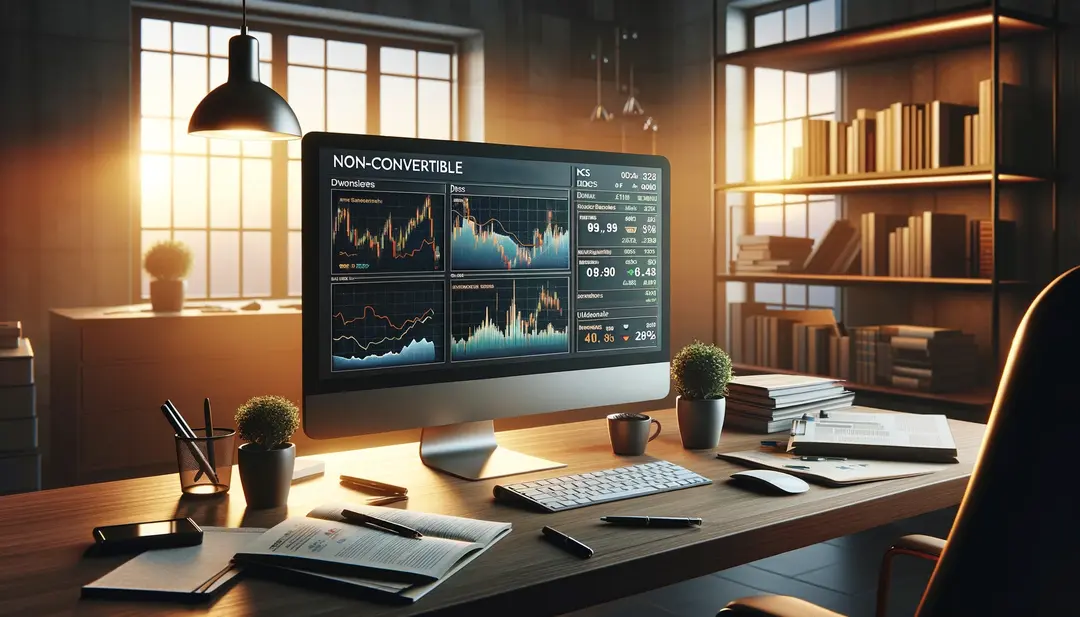
Demystifying Non-Convertible Debentures
Dive into Non-Convertible Debentures (NCDs). Learn how NCDs offer secure, high returns for investors and how to easily invest through NCD portals. Perfect for those seeking stable income with moderate risk.

Hello, savvy savers and budding investors!
Today, we're diving into a crucial yet often overlooked aspect of the stock market - volume. Understanding volume can significantly enhance your trading strategy, providing insights into the strength or weakness of price movements. Let’s break down what volume is, why it matters, and how you can use it to make informed investment decisions.
Volume refers to the total number of shares that have been traded during a given period, be it a day, an hour, or even a minute. It's a direct indicator of a stock's liquidity and activity level. High volume means a lot of shares are being bought and sold, while low volume indicates lesser activity.
Several technical indicators use volume data to help investors make decisions:
Volume is more than just a number; it's a window into the market's soul, offering insights into the strength of price movements and the sentiment behind them. By understanding and interpreting volume, you can enhance your trading strategy, making more informed decisions that align with market dynamics. Remember, successful investing isn't just about what you buy or sell; it's also about how you read the signs along the way.
Happy investing, and may your trades always be informed by the wisdom of the market's whispers!

Dive into Non-Convertible Debentures (NCDs). Learn how NCDs offer secure, high returns for investors and how to easily invest through NCD portals. Perfect for those seeking stable income with moderate risk.

Unlock the secrets of Grey Market Premium (GMP) in IPOs with our comprehensive guide for beginners. Learn what GMP means for individual investors, its implications on investment decisions, and how to navigate its risks wisely.

Unlock the secrets of Warren Buffett's investing strategy with our insightful guide. Learn from the Oracle of Omaha's wisdom on value investing, long-term holdings, and the importance of understanding what you invest in.